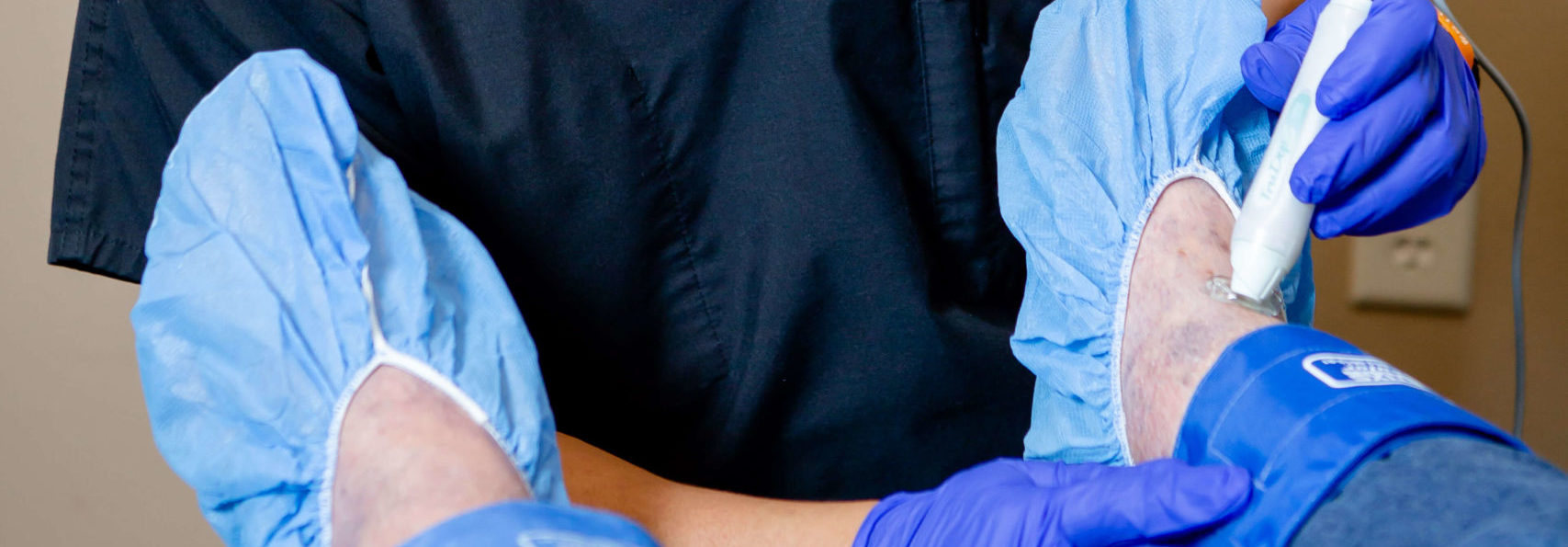
While they can be a cosmetic blemish, most of the time varicose veins are not a cause for concern. However, they shouldn’t be ignored. In rare cases, they can cause blood clots or bleeding and increase the risk of vascular conditions.
What causes varicose veins?
Varicose veins are enlarged, twisted and purplish-bluish veins usually found in the legs. They affect up to three in 10 adults and occur more often in women than men.
They are caused by superficial venous insufficiency, which occurs when blood pools in the veins due to weakened or damaged veins. Pooled blood can cause many problems, including pain, fatigue, heavy legs and open sores that won’t heal.
What symptoms should you look for?
While varicose veins are mostly a cosmetic issue, you should not ignore them, especially if you have the following symptoms:
- Throbbing or aching in the area of the vein
- Itching and/or burning around the vein
- Dry, irritated skin
- Leg heaviness and fatigue
- Muscle cramping
- Pain when sitting or standing for a long time
- Darker patches of skin, sores or ulcers
- Bleeding veins
- Veins that are painful and feel hot
- Persistent pain and swelling
What are the risk factors?
The following can increase the risk of developing varicose veins:
- Age – As you get older, vein valves go through wear and tear which can disrupt blood flow and cause blood to collect.
- Gender – Women should pay attention to varicose veins more than men because they are more likely to develop complications. Hormonal changes and hormonal treatments can contribute to these.
- Pregnancy – Pregnancy can enlarge veins in the legs as blood volume increases to support the growing baby.
- Family history – There is a genetic component to varicose veins’ development. If your mother, father or grandparent have varicose veins, you have a greater chance of developing them as well.
- Obesity – Access weight puts more pressure on veins.
- Standing or sitting for long periods of time – Blood flow decreases as you stand or sit for long periods of time.
How do you prevent varicose veins?
- Keeping a healthy weight.
- Exercising regularly.
- Putting your feet up while sitting.
- Not crossing your legs while sitting.
- Not wearing tight clothing.
- Avoid high heels.
- Eat a high-fiber, low-salt diet.
—
The Arkansas Heart Hospital’s Vein & Vascular Institute is the first and only institute in Arkansas dedicated to identifying, treating and managing peripheral vascular disease (PVD) along with other circulatory conditions affecting the limbs such as chronic venous insufficiency (CVI) and lymphedema.
For more information about our vein and vascular services and to schedule a consultation, please call 501-978-3746.